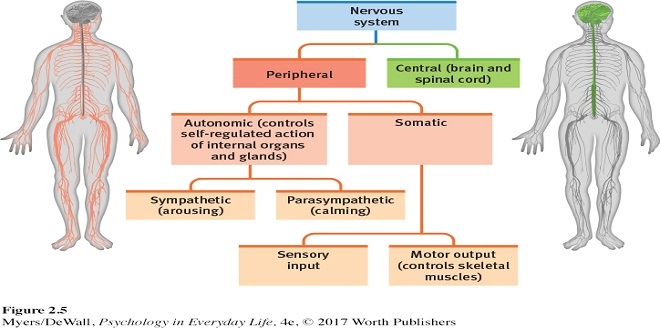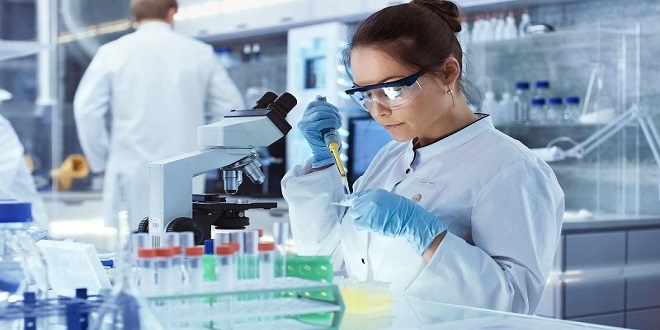Organization and General Plan of the Body

Organs
An organ is a group of tissues precisely arranged so as to accomplish specific functions. Examples of organs are the kidneys, individual bones, the liver, lungs, and stomach. The kidneys contain several kinds of epithelial, or surface tissues, for their work of absorption. The stomach is lined with epithelial tissue that secretes gastric juice for digestion. Smooth muscle tissue in the wall of the stomach contracts to mix food with gastric juice and propel it to the small intestine. Nerve tissue carries impulses that increase or decrease the contractions of the stomach.
Organ systems
An organ system is a group of organs that all contribute to a particular function. Examples are the urinary system, digestive system, and respiratory system. The urinary system, which consists of the kidneys, ureters, urinary bladder, and urethra. These organs all contribute to the formation and elimination of urine.
Metabolism and homeostasis
Metabolism is a collective noun; it is all of the chemical reactions and physical processes that take place within the body. Metabolism includes growing, repairing, reacting, and reproducing—all the characteristics of life. The pumping of the heart, the digestion of food in the stomach, the diffusion of gases in the lungs and tissues, and the production of energy in each cell of the body are just a few of the thousands of aspects of metabolism. Metabolism comes from a Greek word meaning “change,” and the body is always changing in visible ways (walking down the street), microscopic ways (cells dividing in the skin to produce new epidermis), and submicroscopic or molecular ways (RNA and enzymes constructing new proteins).
Terminology and general plan of the body
As part of your course in anatomy and physiology, you will learn many new words or terms. At times you may feel that you are learning a second language, and indeed you are. Each term has a precise meaning, which is understood by everyone else who has learned the language. Mastering the terminology of your profession is essential to enable you to communicate effectively with your coworkers and your future patients. Although the number of new terms may seem a bit overwhelming at first, you will find that their use soon becomes second nature to you
Body parts and areas
The femoral artery is a blood vessel that passes through the thigh, and the quadriceps femora’s is a large muscle group of the thigh. Another example is pulmonary, which always refers to the lungs, as in pulmonary artery, pulmonary edema, and pulmonary embolism. Although you may not know the exact meaning of each of these terms now, you do know that each has something to do with the lungs.
Terms of location and position
When describing relative locations, the body is always assumed to be in anatomic position: standing upright facing forward, arms at the sides with palms forward, and the feet slightly apart. The terms of location with a definition and example for each.
Dorsal Cavity
The dorsal cavity contains the central nervous system, and consists of the cranial cavity and the vertebral or spinal cavity. The dorsal cavity is a continuous one; that is, no wall or boundary separates its subdivisions. The cranial cavity is formed by the skull and contains the brain. The spinal cavity is formed by the backbone (spine) and contains the spinal cord. The membranes that line these cavities and cover the brain and spinal cord are called the meninges.
Ventral Cavity
The ventral cavity consists of two compartments, the thoracic cavity and the abdominal cavity, which are separated by the diaphragm. The diaphragm is a large, dome-shaped respiratory muscle. It has openings for the esophagus and for large blood vessels, but otherwise is a wall between the thoracic and abdominal cavities.
Summary
As you will see, the terminology presented in this chapter is used throughout the text to describe the anatomy of organs and the names of their parts. All organs of the body contribute to homeostasis, the healthy state of the body that is maintained by constant and appropriate responses to internal and external changes. In the chapters that follow, you will find detailed descriptions of the physiology of each organ and organ system, and how the metabolism of each is necessary to homeostasis.





